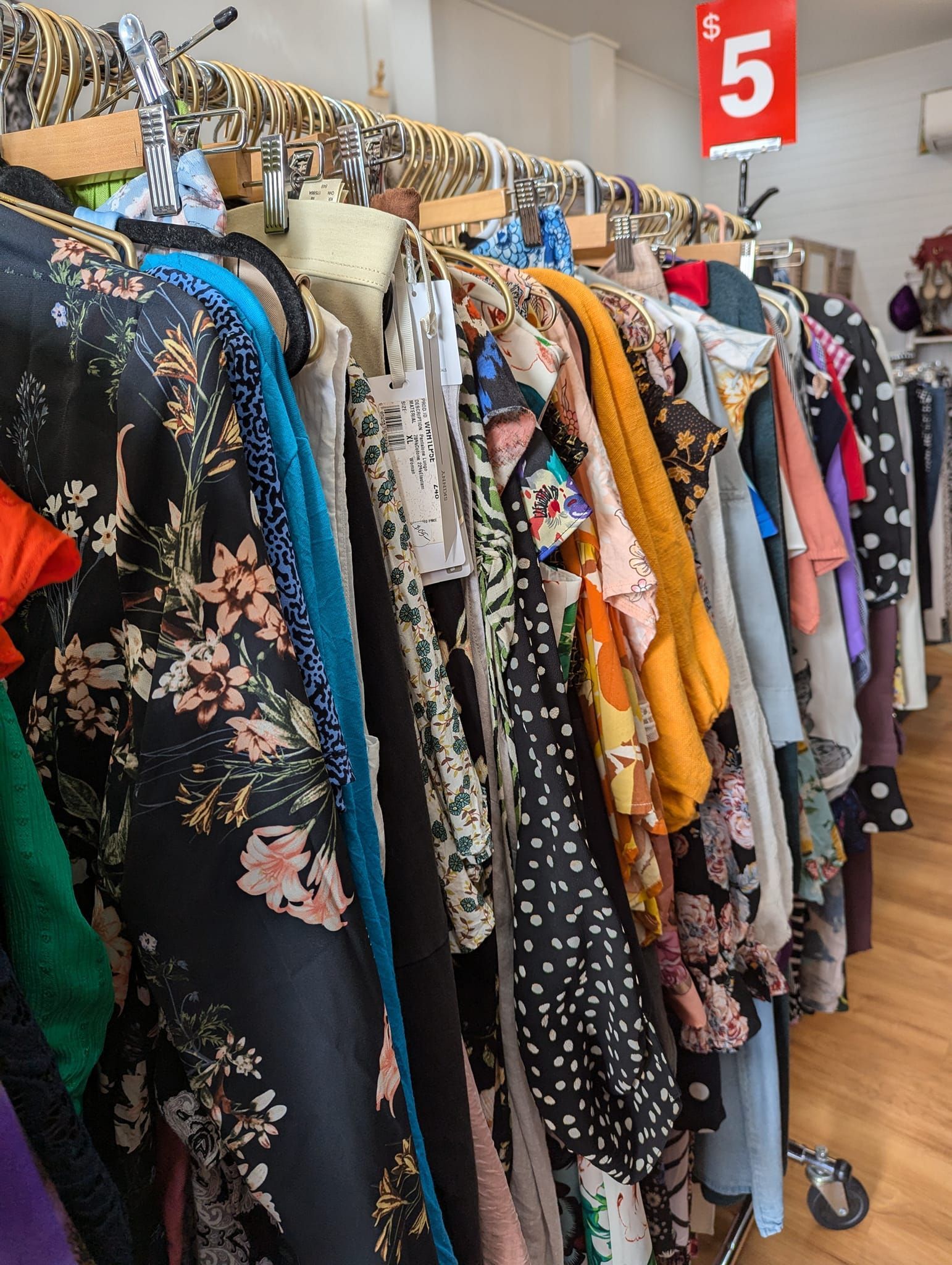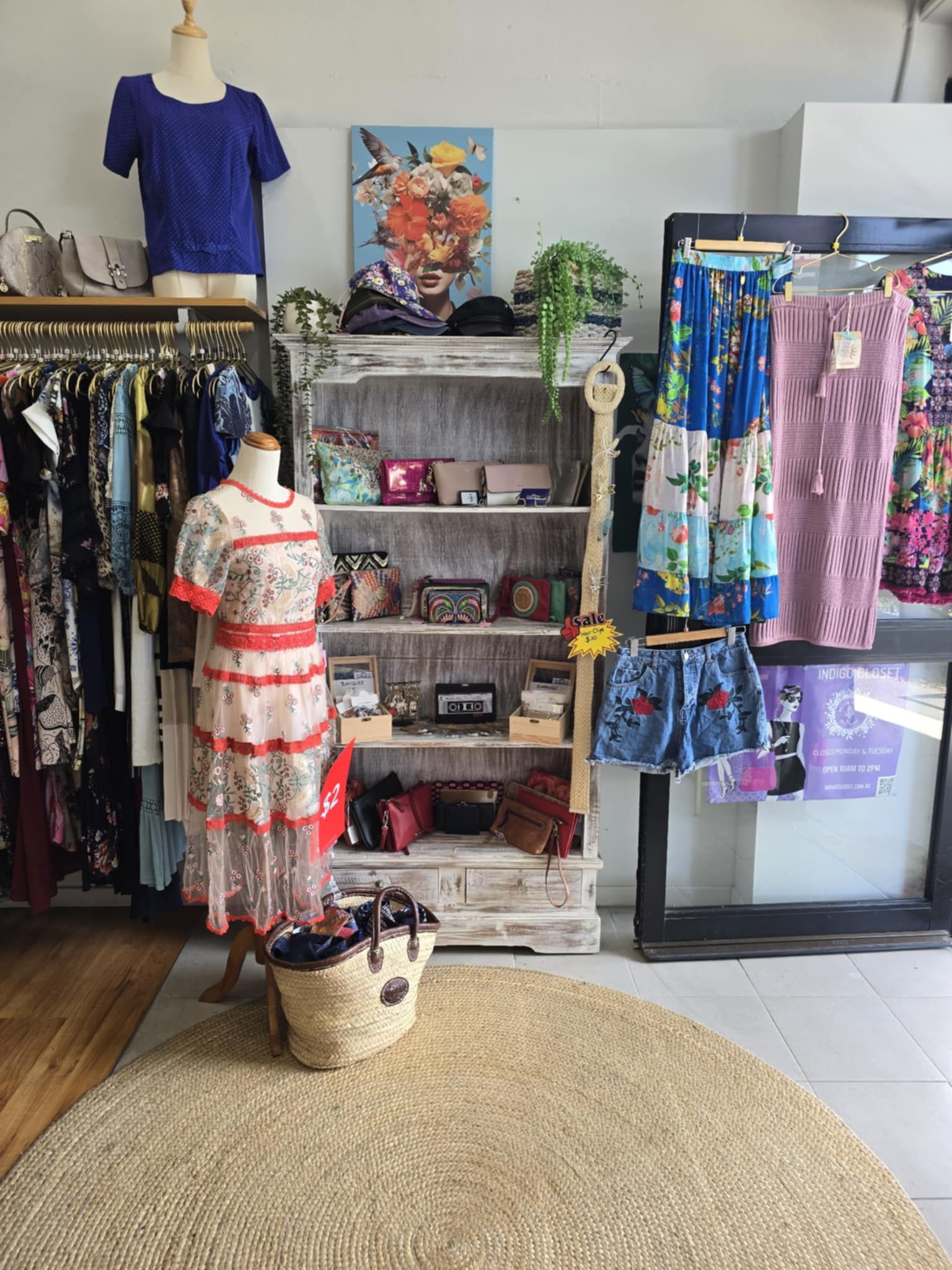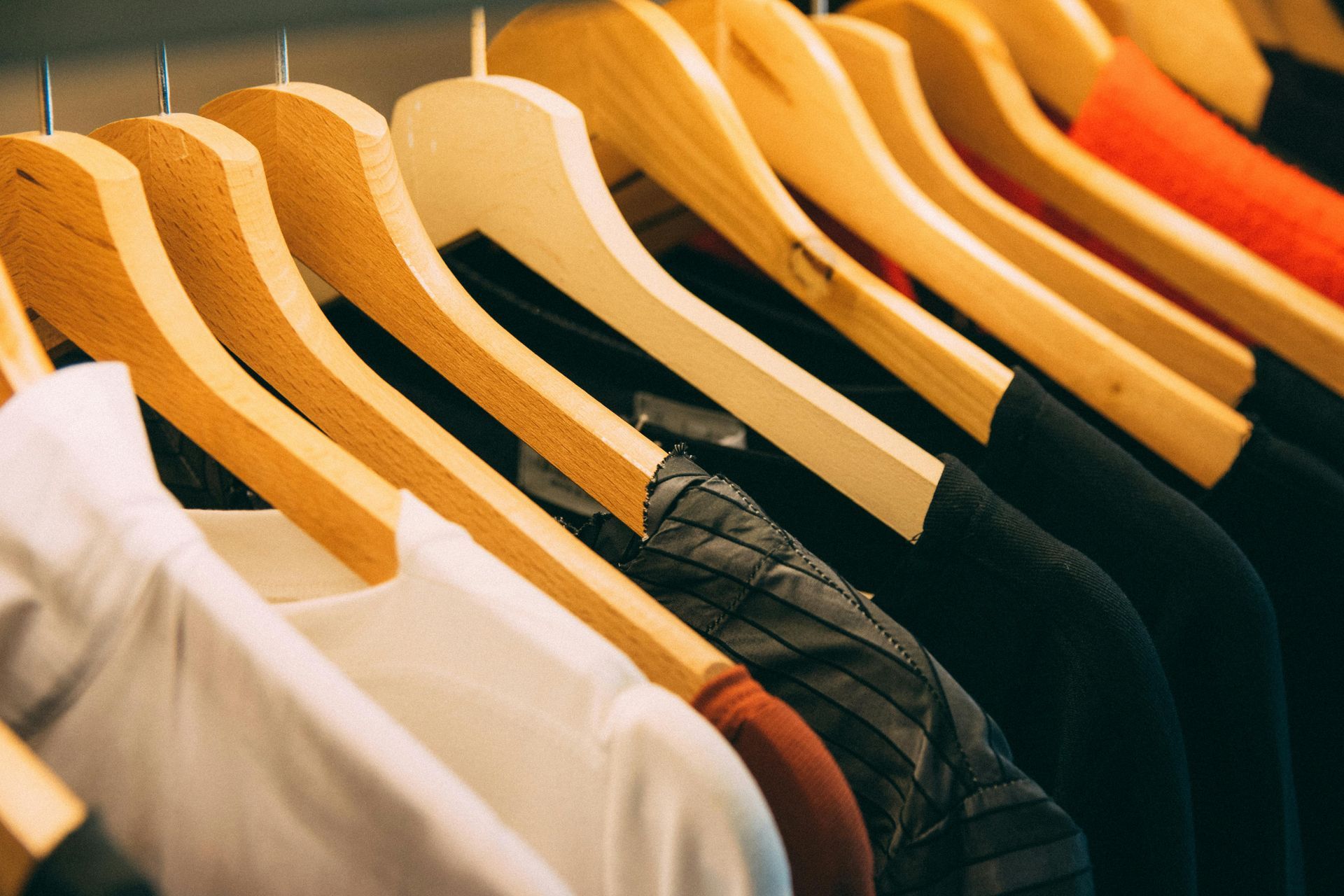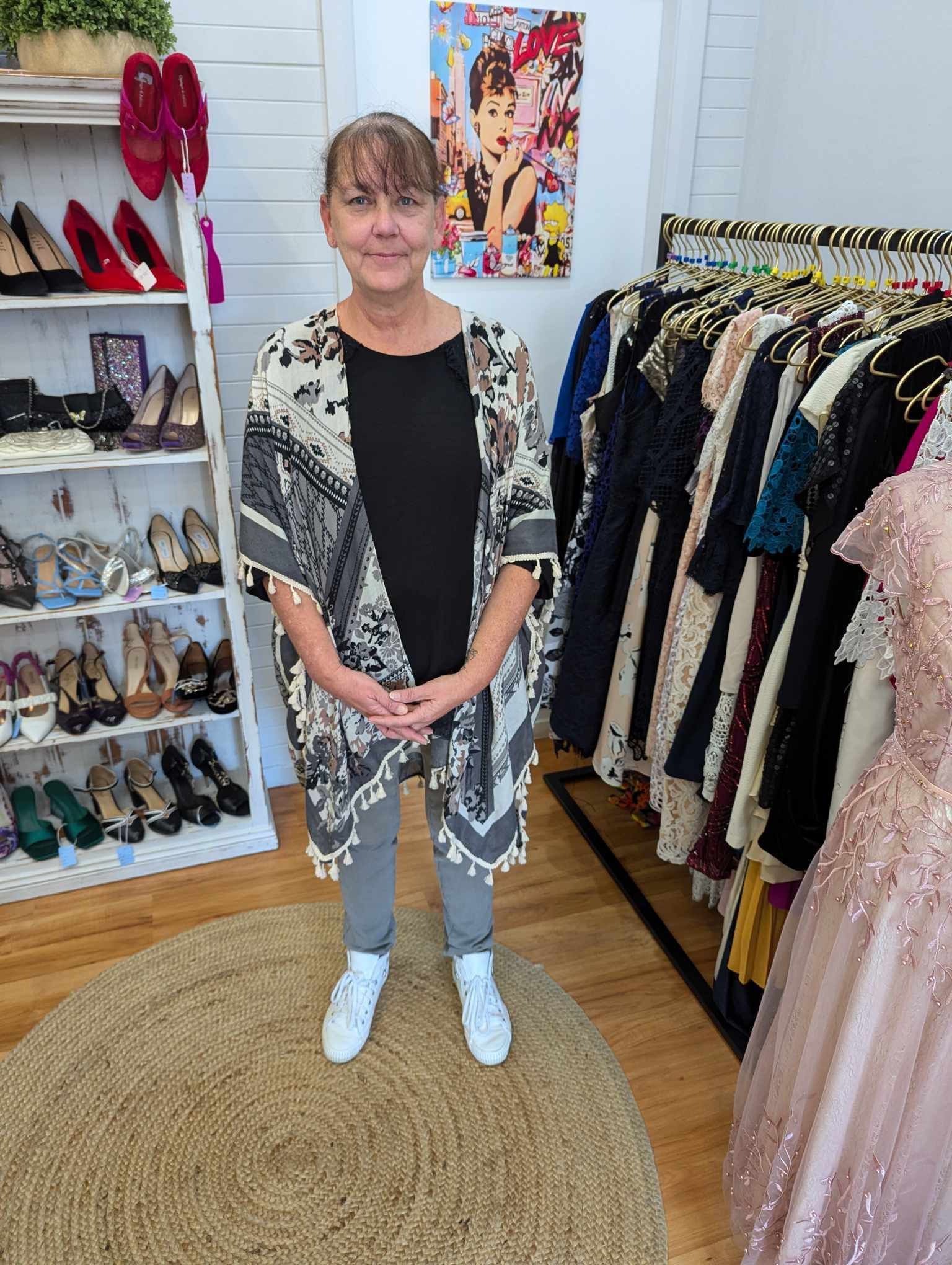Summer Hours: Open 10am to 2pm Tuesday - Sunday
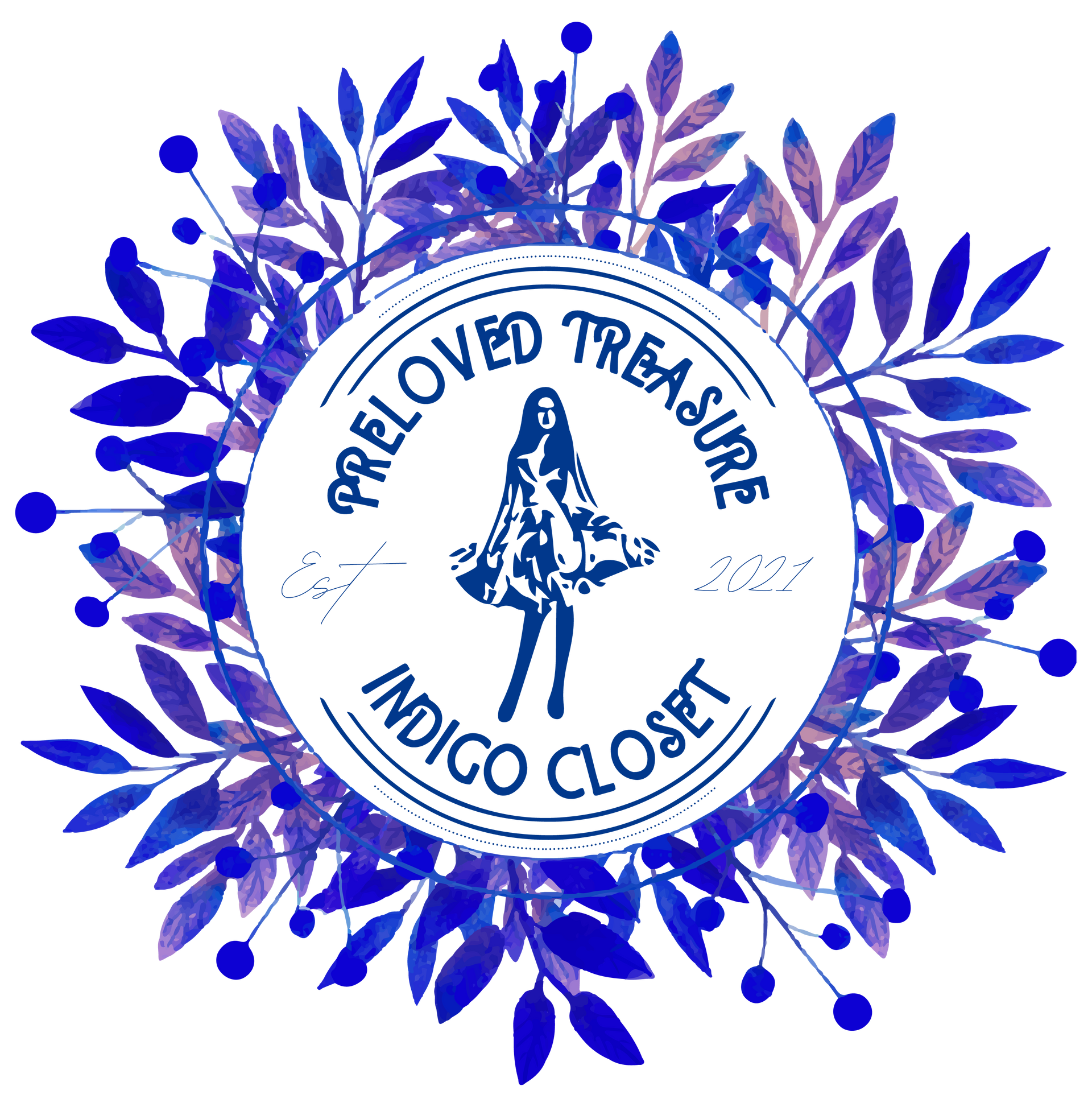
The Bureau of Meteorology has warned Australia is facing one of the hottest summers on record. As the weather warms, many of us reach for light-coloured clothes in natural fabrics, such as cotton and linen.

But why are natural fabrics like these so much better at keeping us cool when the weather is hot? Here’s what the science says.
Natural fabrics and sweat: a match made in heaven
In hot weather, we sweat. As sweat evaporates, it carries heat away, which helps cool the body down.
In hot weather, then, we want clothes that help take moisture away from the body as efficiently as possible.
Natural fabrics are made using fibres extracted from plant- or animal-based sources such as cotton, linen, hemp, wool and silk.
The primary component of all plant-based fibres is cellulose. Animal-based fibres are made up of proteins such as keratin and silk fibroin.
Cellulose molecules are rich in compounds called hydroxyl groups that attract water and moisture. In scientific terms, they are hydrophilic – they love water.
So, clothing made of cotton and linen is highly hydrophilic. It tends to absorb moisture and disperse it across the fabric, allowing it to evaporate more easily.
This takes the sweat away quickly, making it more comfortable and breathable and allowing us to stay cool in sweltering temperatures.
One downside of the natural fabrics is they wrinkle quickly (some people, of course, like that look).
And on a really hot, sweaty day, natural fabrics can get heavy and wet.
Animal fibres are basically proteins, and their properties vary depending on the source.
Wool has been bio-engineered over millions of years to be comfortable to wear. Wool fibres are hydrophilic on the inside and hydrophobic on the outside, meaning they’re both water resistant and good at wicking moisture away.
On the other hand, silk fabrics are very good at helping regulate temperature; they keep us cool in hot weather and warm in cold weather.
Synthetic fabrics: less wrinkly, more sweaty
Synthetic fabrics, on the other hand, are lighter and tend to wrinkle less.
Common synthetic fabrics (such as polyester, nylon and acrylic) are all made from petroleum-based chemicals.
Most synthetic fibres are made of long chains of hydrogen and carbon atoms and do not contain the hydroxyl groups we discussed earlier.
Such fibres are therefore hydrophobic – they hate water. This means the water can’t spread evenly across the fabric and evaporate easily.
They trap sweat against the skin, making the clothes less breathable and comfortable when the weather is warm and humid.
However, some synthetic fabrics used in certain types of active wear can wick sweat away from body.
And some semi-synthetic fabrics such as rayon or tencel (which are made from wood pulp or cotton with synthetic fibres) are more breathable than other synthetic fabrics such as polyester or nylon.
Fabric weave makes a difference, too
The colour of the clothing is also a contributing factor to keep you cool during summer. Light colours reflect sunlight away from you and help to keep the body cooler.
There is some evidence dark colours absorb the sunlight and associated heat, making the surface of the skin warmer than normal.
Another factor affecting breathability and comfort of clothing is the way the fabrics are woven.
Fabrics that are loosely woven (sometimes known as “open weave”) with thinner materials naturally have more airflow, which helps you keep cool.
For a quick, non-scientific test, hold a fabric up and see how much light passes through it. The more light you can see, the more breathable it likely is.
The way the fabric is treated can play a role, too; such as for softening and wrinkle resistance.
Using a fabric softener when you do a load of laundry usually doesn’t affect fabric breathability; softeners modify the surface of the fabric but don’t change the internal structure or porous nature of the fabrics.
Wrinkle resistance is the ability of the fabric to stay smooth and polished even after washing. Synthetic fabrics are inherently wrinkle resistant. Natural fibres are more prone to wrinkles but can be chemically treated on the fabric surface during manufacturing to make them wrinkle resistant.
Such treatments, however, may form layers on top of the fabric blocking the airflow, leading them to be less breathable.
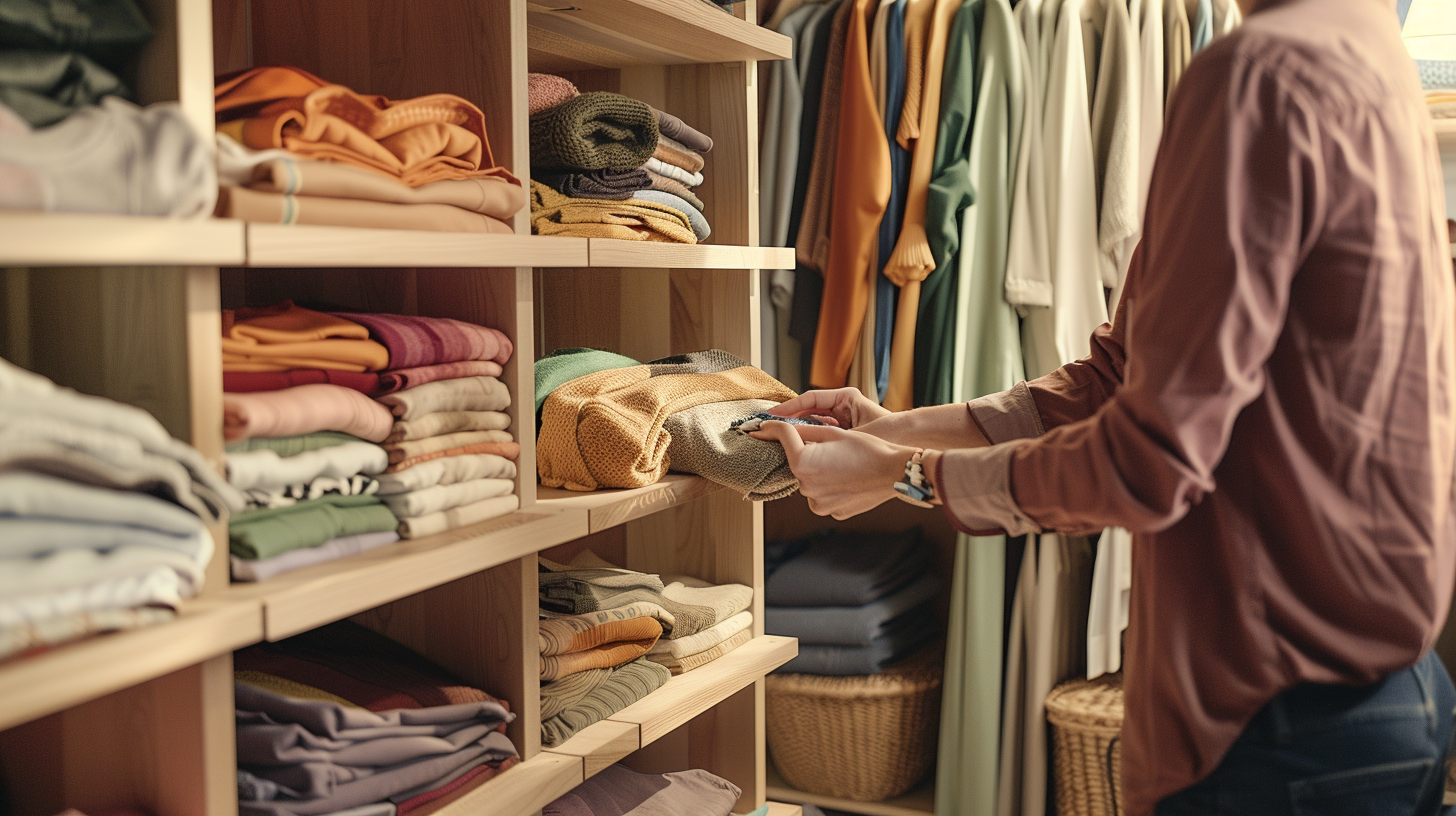

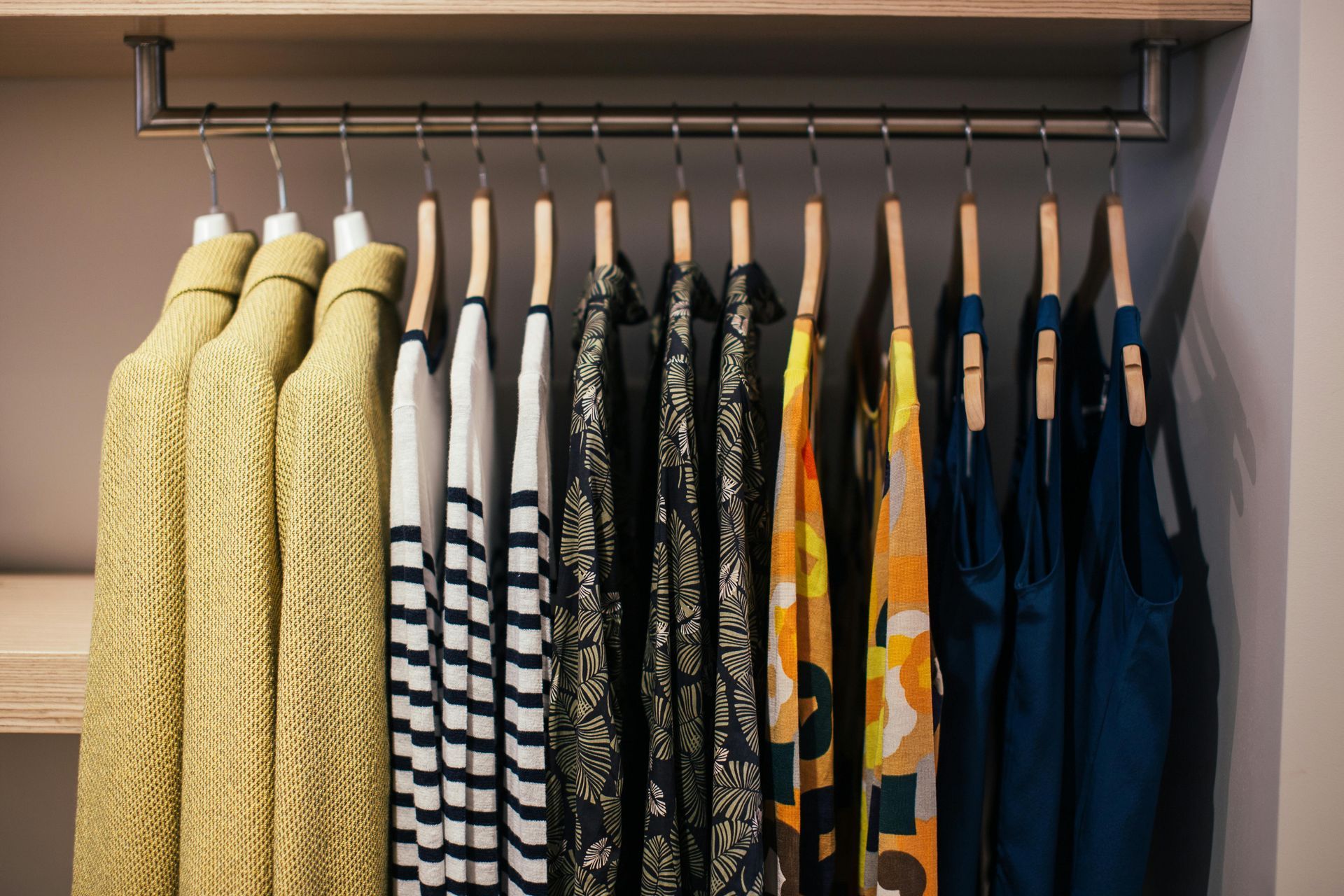

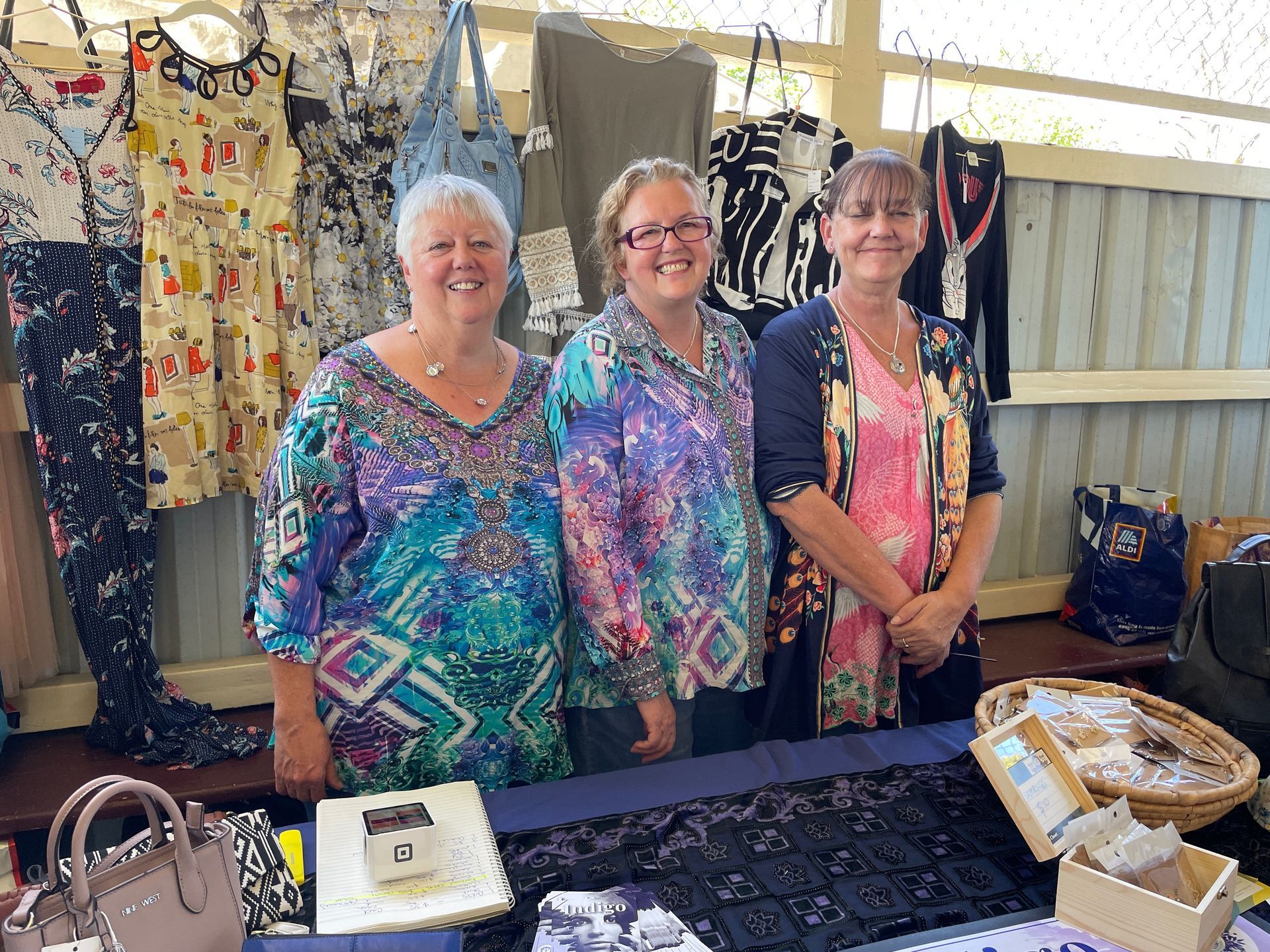
Indigo Closet at the Living Smart Festival: Celebrating Sustainable Fashion and the Circular Economy

SHOP HOURS
Monday ~ Closed
Tuesday ~ 10:00 am ~ 2:00 pm
Wednesday ~ 10:00 am ~ 2:00 pm
Thursday 10:00 am ~ 2:00 pm
Friday 10:00 am ~ 2:00 pm
Saturday 10:00 am ~ 2:00 pm
Sunday 10:00 am ~ 2:00 pm
